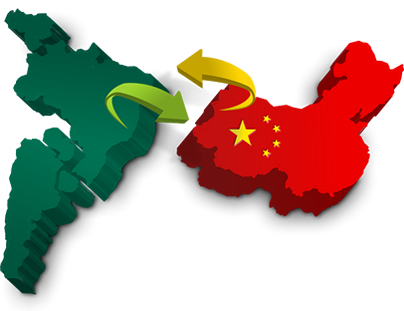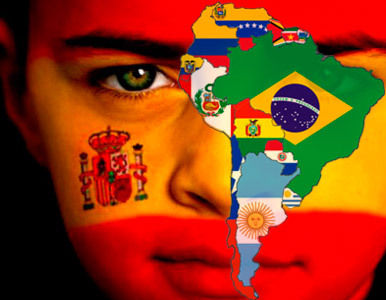 According to a recent report by Reuters, China plans on investing roughly $2 billion to back various projects in Latin America and the Caribbean, both in the public and private sector. As an intermediary for China’s funding, Inter-American Development Bank (IADB) will execute the projects, according to a statement released by the organization this past Saturday.
According to a recent report by Reuters, China plans on investing roughly $2 billion to back various projects in Latin America and the Caribbean, both in the public and private sector. As an intermediary for China’s funding, Inter-American Development Bank (IADB) will execute the projects, according to a statement released by the organization this past Saturday.
By all accounts, the Chinese contribution is a substantial one, with the People’s Bank of China planning to co-finance up to $500 million in IADB public sector loans, and as much as $1.5 billion in private sector credit. According to the IADB, this will all become available over the next three to six years, stating that the ultimate goal of the fund will be to “alleviate poverty and boost competitiveness.”
On their side of the deal, China has already invested tens of billions of dollars into countries such as Mexico and Argentina over the last ten years, as well as investing into a number other projects in the region. Their primary goal has been to acquire strategic assets or companies in valuable regional sectors like as minerals, energy companies, and even food products. This new injection of capital comes as great news for IADB, which looks to use it as a stepping-stone to help bridge the poverty gap, as well as stimulate an already growing regional economy.
This past March, the IADB along with China’s export-import bank announced a joint $1 billion dollar investment fund for the region to be used for public and private sector investments, demonstrating a clear desire to connect with various prominent institutions all across the continent. Using March’s investment as a blueprint, both parties are confident that this latest round of investment will not only be fruitful for them, but also help build an economic foundation for the region that will pay dividends for many years to come.
To get access to the top financial institutions and executives in Latin America, check out Latin Target Finance Plus. We give you instant access to the most competitive names in LatAm finance, and give you the most current, and comprehensive information available today.


 Coca-Cola’s $1.3 billion investment into the South American nation is a good sign for other companies looking to invest in there. Stable, sustained growth, something that had long eluded many Latin American nations, appears to be on the horizon for Chile, which is going through their biggest economic boom in decades. And the market for consumer goods in the greater region appears ready to explode, with both the World Cup and Olympics coming to Brazil in the next few years.
Coca-Cola’s $1.3 billion investment into the South American nation is a good sign for other companies looking to invest in there. Stable, sustained growth, something that had long eluded many Latin American nations, appears to be on the horizon for Chile, which is going through their biggest economic boom in decades. And the market for consumer goods in the greater region appears ready to explode, with both the World Cup and Olympics coming to Brazil in the next few years.
 Whats in store for the future?
Whats in store for the future?